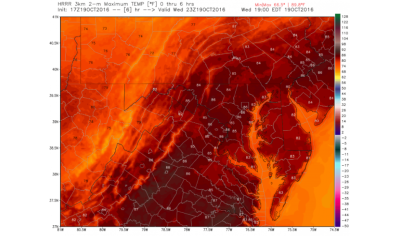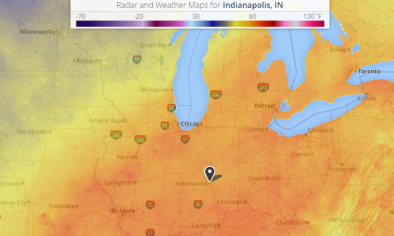Science Source
Phenology shifts at start vs. end of growing season in temperate vegetation over the Northern Hemisphere for the period 1982–2008
- States that changes in vegetative growing seasons are dominant indicators of the dynamic response of ecosystems to climate change
- Examines the long-term changes in the growing seasons of temperate vegetation over the Northern Hemisphere by analyzing satellite-measured normalized difference vegetation index and reanalysis temperature during 1982–2008
- Results showed that the length of the growing season (LOS) increased over the analysis period; however, the role of changes at the start of the growing season (SOS) and at the end of the growing season (EOS) differed depending on the time period
- Finds that on a hemispheric scale, SOS advanced by 5.2 days in the early period (1982–1999) but advanced by only 0.2 days in the later period (2000–2008)
- Finds that EOS was delayed by 4.3 days in the early period, and it was further delayed by another 2.3 days in the later period
- States that the difference between SOS and EOS in the later period was due to less warming during the preseason (January–April) before SOS compared with the magnitude of warming in the preseason (June–September) before EOS
- Finds delayed EOS in later periods at a regional scale
- In North America, EOS was delayed by 8.1 days in the early period and delayed by another 1.3 days in the later period
- In Europe, the delayed EOS by 8.2 days was more significant than the advanced SOS by 3.2 days in the later period
- However, in East Asia, the overall increase in LOS during the early period was weakened in the later period
- Finds (while admitting regional heterogeneity) that changes in hemispheric features suggest that the longer-lasting vegetation growth in recent decades can be attributed to extended leaf senescence in autumn rather than earlier spring leaf-out
Related Content
Headline

Oct 19, 2016 | Washington Post
Temperatures surge into upper 80s, setting records in D.C. region
Headline

Oct 19, 2016 | USA Today
What happened to fall? More heat records set Wednesday
Headline

Oct 19, 2016 | Indiana Public Media
Monday Sets New Record High Minimum Temperature
Headline

Oct 19, 2016 | Elite Daily
It's Never Been This Hot In October Before, And It's Only Going To Get Hotter


